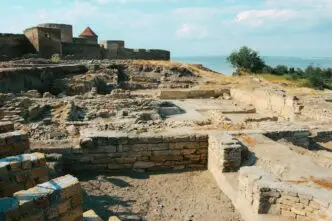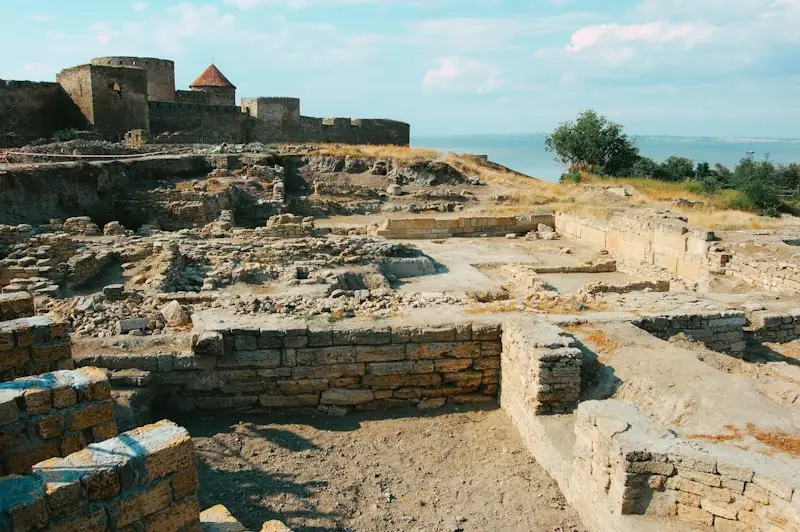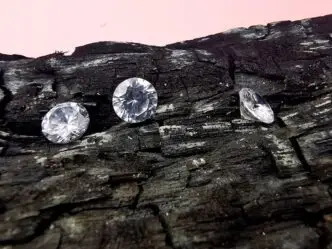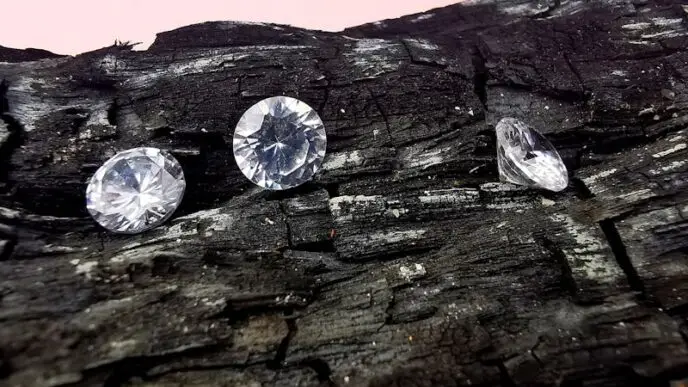Ancient Medusa Mask Mold Discovered in Sicily
In a significant archaeological find, a mask mold believed to represent the mythical Medusa has been discovered at the Valley of the Temples Archaeological Park in Sicily, Italy. The approximately 2,000-year-old relic provides a fascinating glimpse into the ancient world and the myths that shaped its culture. The park, a UNESCO World Heritage Site, is home to some of the best-preserved Ancient Greek temples and is open to the public on weekdays.
The mask mold, made of terracotta, was found during routine excavation work at the site. The artifact is believed to have been used to create masks for theatrical performances, a popular pastime in Ancient Greece. The discovery of the Medusa mask mold offers an intriguing look at the theatrical and artistic practices of the time.
The Myth of Medusa
The mask represents Medusa, one of the most infamous figures of Greek mythology. Medusa was one of the three Gorgons, monstrous female figures whose gaze could turn people to stone. She is often depicted with snakes for hair and a face contorted in rage. As per the myth, Medusa was beheaded by the hero Perseus, who used her head as a weapon before giving it to the goddess Athena to place on her shield.
The mythology of Medusa carries significant cultural and historical weight. She has been a recurrent figure in arts and literature, symbolizing both horror and protection. The presence of Medusa’s representation in an ancient Greek colony like Sicily underscores the widespread influence of Greek mythology in the ancient world.
Significance of the Discovery
The discovery of the mask mold not only sheds light on the ancient theatrical practices but also provides insights into the religious and cultural beliefs of the time. The mask of Medusa, often used in theatrical performances, was likely to have been a significant prop, instilling fear and awe in the audience. Its discovery in Sicily, far from Greece’s heartland, emphasizes the extensive reach of Greek culture and mythology during the ancient period.
Moreover, the find also adds to the rich history of the Valley of the Temples Archaeological Park. The park, known primarily for its well-preserved Greek temples, also houses an extensive archaeological museum. The Medusa mask mold will likely become a part of this collection, further enhancing the park’s appeal to historians, archaeologists, and tourists alike.
The Valley of the Temples Archaeological Park
The Valley of the Temples Archaeological Park in Sicily is one of the most important archaeological sites in the world. Spread over 1300 hectares, the park houses seven monumental Greek temples in the Doric style, dating from the 5th century BC. In addition to the temples, the park features an archaeological museum with an extensive collection of artifacts from the site, including pottery, sculptures, and coins. The park was inscribed as a UNESCO World Heritage Site in 1997 due to its exceptional testimony to the civilization of the ancient Mediterranean world.
The discovery of the Medusa mask mold is another feather in the cap for the Valley of the Temples. It reinforces the park’s standing as a treasure trove of ancient artifacts and a window into the ancient world. The park, open to visitors on weekdays, continues to reveal secrets of the ancient civilizations, making it an unmissable destination for history and archaeology enthusiasts.















